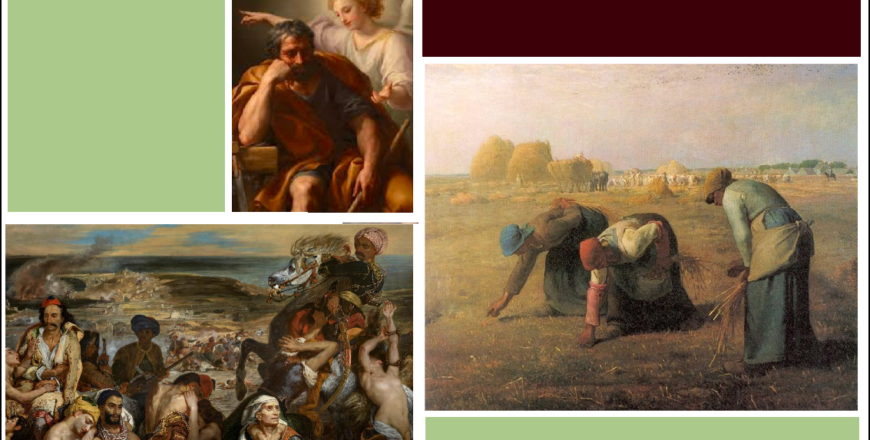Neoclassicism, Romanticism, Realism and pre - Raphaelite Brotherhood
- Description
- Curriculum
- Reviews

What is it to be defined as an “Art Movement”?
An art movement is the legacy of a certain style that developed during a period that adhered to common goals or philosophies and was followed by the artists and architects of that period. There is no defined duration that is applicable to a certain style or a movement, Throughout the periods we can observe that “there are many occasions those can have multiple styles overlapping each other” i.e. more than one style can very well exist.
What was Neoclassicism and the Neoclassical style?
Neoclassicism, meaning ‘new classicism’ (‘classics’ in Latin), refers to a movement in the 18th and 19th Centuries which took inspiration from the Classical worlds after the humongous splendor and extravagant spending in the Rococo times, the discoveries and the rationale of the thinkers swayed them into rethinking about the humble proportions and the evergreen nature of the classical antiquity of ancient Greece (8th to 4th Centuries BC) and Rome (5th to 1st Centuries BC).
The sudden and newfound interest in Classical culture, which was sparked in the 18th Century, was expressed not just in the arts and architecture, but also in literature, philosophy, archaeology, history, music, and theatre.
Neoclassicism is used more generally to describe any piece of art or architecture, from the 18th Century onwards, which takes inspiration from Classical culture: whether that means using motifs and ideas from Classical art, or outright copying it.
Indeed, the Neo-classicists of the 18th Century – artists, sculptors, writers, patrons, intellectuals – were so inspired by the majestic and impressive remnants of Roman and Greek art and culture, which they had seen in Europe, that they set about trying to recreate them.




